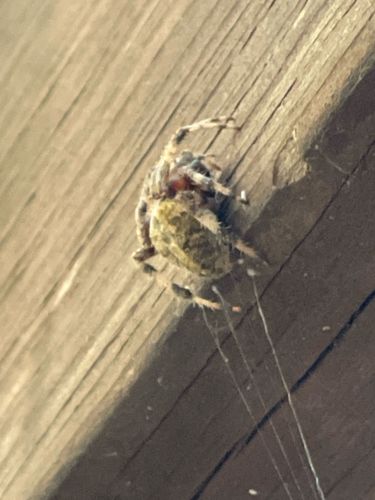Orb Weaver Spider
Scientific Name: Araneidae (family)
Order & Family: Order Araneae, Family Araneidae
Size: Typically from 5 mm to 30 mm (0.2 to 1.2 inches) for the body, not including leg span. Females are usually larger than males.

Natural Habitat
Gardens, forests, fields, and around human structures. They build their webs in open spaces, often between branches, plants, or structures where insects are likely to fly.
Diet & Feeding
Mainly flying insects such as flies, moths, mosquitoes, and beetles, which they catch in their webs. They will wrap their prey in silk before consuming it.
Behavior Patterns
Orb weavers are known for constructing intricate, spiral wheel-shaped webs, often at night. They may sit in the center of the web or hide nearby, sensing vibrations from captured prey. Many species rebuild their webs daily or nightly.
Risks & Benefits
Risks: Generally considered harmless to humans. Their venom is not potent enough to cause serious harm, and bites are rare and usually only occur if the spider feels threatened. Benefits: They are highly beneficial in controlling populations of various insect pests in gardens and agricultural settings, contributing to ecological balance.
Identified on: 9/29/2025